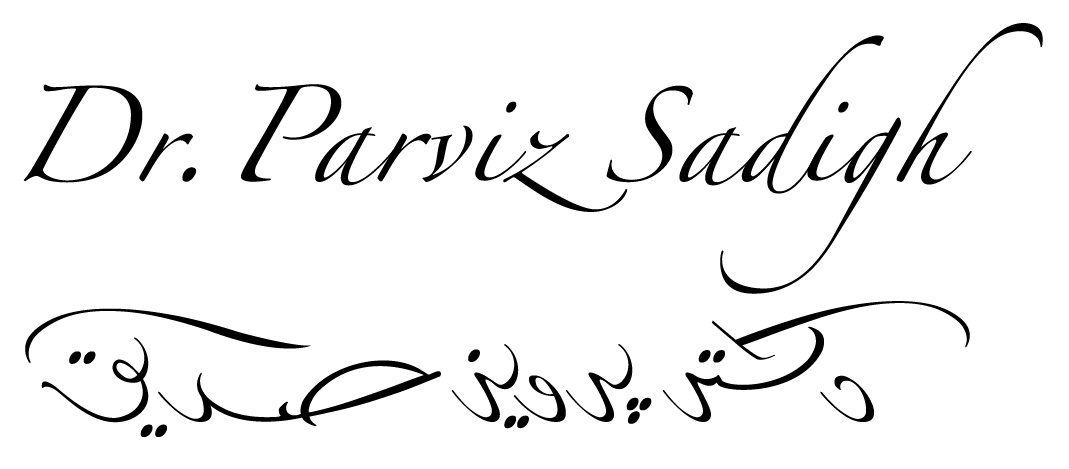Nerve Surgery
About Nerve Surgery
In plastic surgery nerves are often operated on, either to directly repair them after they have been cut in an accident or after they have been divided during surgery for cancer.
They are also commonly ‘decompressed’ in order to relieve them of pressure as they pass through anatomical tunnels in the body. The most common nerve that is compressed in the body is the median nerve that runs from the upper arm down the forearm and into the hand. It is commonly decompressed at the level of the wrist where it is found in an anatomical space known as the ‘carpal tunnel’.
Other nerves that can become compressed include the ulnar, radial and common peroneal nerves. Once decompressed the function of the nerve and therefore that of the hand or leg that is supplied by it improves.
Attempts to reconstruct the smile after damage to the facial nerve is complex and challenging and can involve the use of nerve grafts, muscle flaps or indeed the transfer of nerves from one muscle in the face to another.
The ‘brachial plexus’ which is a complex network of interconnecting nerves that supply the arms, is often injured in high speed motorcycle accidents and is another area of the body where nerve surgery is often performed.
Attempts to reconstruct the smile after damage to the facial nerve is complex and challenging and can involve the use of nerve grafts, muscle flaps or indeed the transfer of nerves from one muscle in the face to another.
The ‘brachial plexus’ which is a complex network of interconnecting nerves that supply the arms, is often injured in high speed motorcycle accidents and is another area of the body where nerve surgery is often performed.

Dr Parviz was the Clinical Director for Plastic Surgery at the Royal London Hospital, the UK’s largest trauma centre.
drparvizsadigh@mail.com
+92123456789

